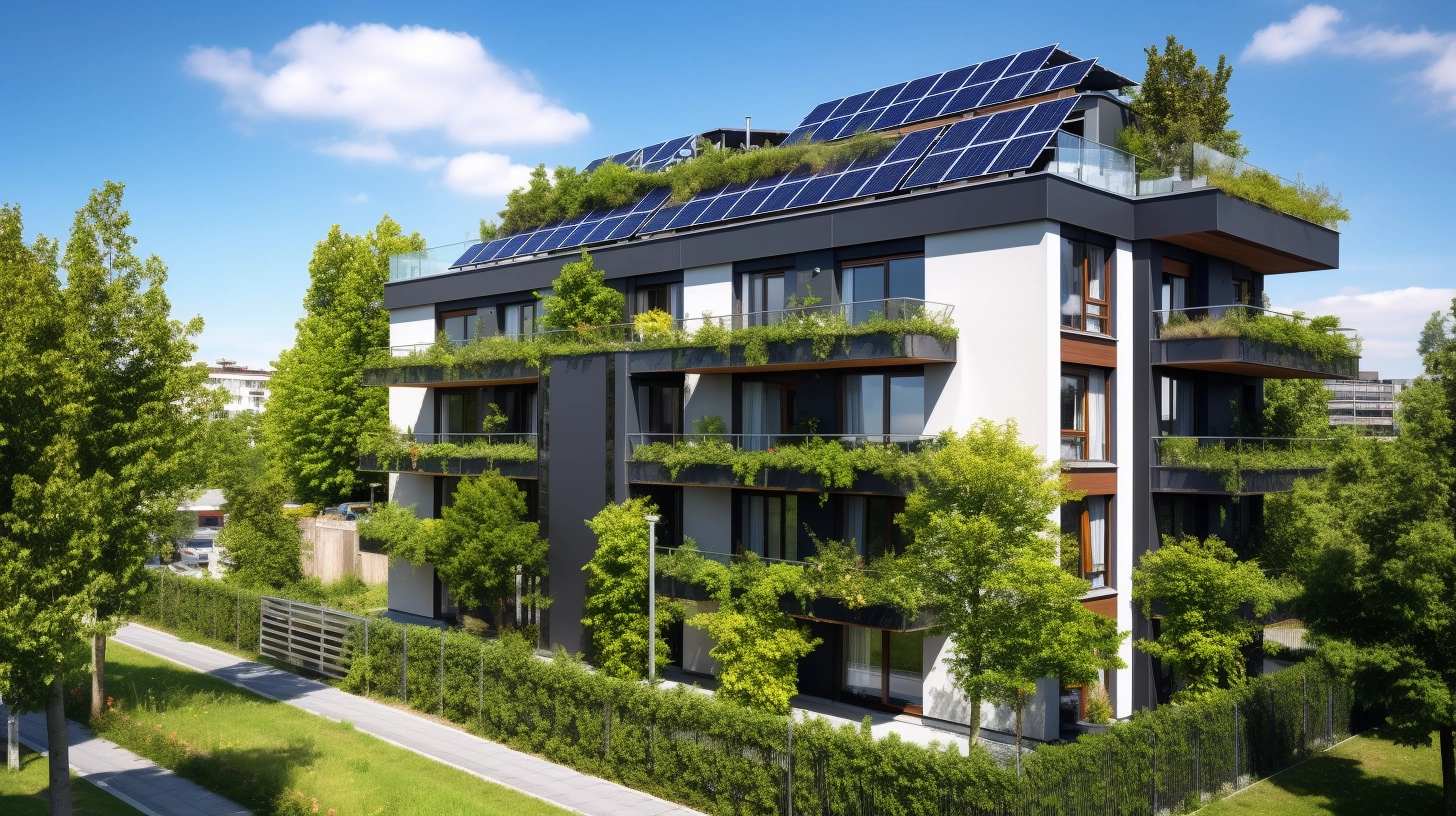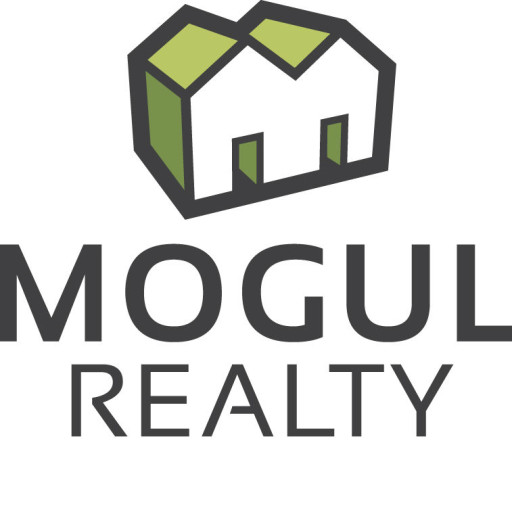Maximizing ROI with Effective Property Management
In the vibrant landscape of real estate investment, there’s a secret weapon that savvy investors leverage to maximize their returns: effective property management. Imagine a world where your multi-family or commercial properties not only maintain their value but also see a steady increase in profitability. This isn’t just a dream scenario; it’s a tangible outcome of prioritizing tenant satisfaction and proactive property maintenance.
As we delve into this topic, we’ll explore how integrating modern property management strategies, like customer-centric approaches and technology in real estate management, can transform your investment journey. We’ll reflect on the historical context of property management, how it’s evolved over the years, and its current state. Understanding this evolution is crucial for investors looking to capitalize on market insights and make informed decisions.
But it’s not just about looking back. We’ll also cast our gaze forward, analyzing emerging trends such as sustainable practices and smart building management. These future-focused strategies are reshaping the real estate landscape, offering new avenues for maximizing investment returns. And let’s not forget the challenges – balancing the cost of high-quality management with investor expectations is a tightrope walk, but one that can lead to significant rewards.
This journey will be detailed, balanced, and holistic. We’re not just scratching the surface; we’re digging deep, challenging our preconceptions, and exploring a multitude of perspectives. Whether it’s understanding the psychological aspects of tenant satisfaction or navigating the complex world of real estate regulations, our exploration will be thorough and thought-provoking.
So, let’s embark on this journey together, uncovering the nuanced dynamics of effective property management and its impact on real estate profitability. Stay tuned as we unravel the layers and discover how you can turn your real estate investments into a flourishing portfolio.

Women overlaying a backdrop of residential homes
Evolution of Tenant-Centric Real Estate
The journey through the realm of real estate reveals a significant shift: the evolution of tenant-centric approaches. Gone are the days when property management was just about bricks and mortar. Today, it’s about creating value through tenant satisfaction. This paradigm shift didn’t happen overnight. It’s a response to changing market dynamics and tenant expectations.
Tracing back, traditional real estate models focused heavily on the physical aspects of properties. However, as the market evolved, so did the understanding of what drives real estate value. A study by JLL (Jones Lang LaSalle Inc.) highlights this evolution, showing a direct link between tenant satisfaction and property performance. The modern tenant is savvy, seeking more than just a space to occupy. They desire amenities, convenience, and a sense of community, pushing property managers to adopt a more holistic approach.
This shift to tenant-centricity isn’t without its challenges. While it opens doors to increased loyalty and word-of-mouth referrals, it also demands higher investment in property upgrades and services. The balance between enhancing tenant experience and managing costs is delicate. For instance, investing in smart building technology can enhance tenant satisfaction but also requires significant upfront costs.
Despite these challenges, the trend towards tenant-centric real estate is likely to continue. As per a report by Deloitte, future real estate models will increasingly focus on creating experiences and solutions tailored to tenant needs. This shift isn’t just beneficial for tenants; it’s a strategic move for investors. Properties that excel in tenant satisfaction often see higher occupancy rates and can command premium rents.
Trends: Technology in Real Estate Management
As we continue our deep dive into the ever-evolving real estate landscape, a key player emerges: technology in property management. This isn’t just a fleeting trend; it’s a fundamental shift revolutionizing how properties are managed, enhancing tenant satisfaction, and boosting investment returns.
In the past decade, technological advancements have radically transformed property management. From cloud-based management systems to AI-driven analytics, the tools at our disposal are more powerful than ever. A report by Forbes highlights the significant impact of tech in real estate, noting how it streamlines operations, reduces costs, and provides better insights into market trends. Digital platforms now enable real-time monitoring of properties, predictive maintenance, and even virtual tours, which were once a novelty but are now a necessity in the COVID-19 era.
However, integrating technology isn’t without its challenges. The initial cost of implementing cutting-edge tech solutions can be steep. There’s also the learning curve for property managers and tenants alike. But the long-term benefits – increased efficiency, better tenant engagement, and enhanced decision-making capabilities – are indisputable.
Looking forward, we can expect even more integration of technology in property management. The Internet of Things (IoT) is already making buildings smarter and more energy-efficient. Big data analytics are helping predict market trends with greater accuracy. These advancements aren’t just changing how we manage properties; they’re redefining the very essence of property investment and management.
This technological revolution in property management is not just a boon for landlords and investors; it’s a win for tenants too. As properties become smarter and more responsive to their needs, tenant satisfaction is poised to reach new heights. In a market where tenant satisfaction directly correlates with profitability, this tech-driven approach is not just desirable; it’s essential.

A diverse group of homeowners thinking about personal home needs
Deep Dive: What Drives Tenant Satisfaction
Let’s take a plunge into what really fuels tenant satisfaction. This isn’t just about keeping the lights on and the water running. It’s about understanding the nuanced desires and needs of tenants that, when met, transform a property from a mere structure to a sought-after living space or business locale.
Central to tenant satisfaction is the concept of value – not just monetary, but also in terms of service quality, responsiveness, and the overall living or working environment. A study by the National Multifamily Housing Council underscores the importance of service quality, highlighting that timely and efficient maintenance can significantly boost tenant satisfaction. However, satisfaction isn’t solely hinged on reactive measures like fixing a leaky faucet. Proactive strategies, such as regular upgrades and community-building activities, also play a pivotal role.
But let’s not oversimplify things. While high-quality amenities and responsive service are crucial, they must be balanced against the cost implications for landlords and property managers. There’s a fine line between providing top-tier services and maintaining financial viability. Moreover, tenant demographics vary widely – what satisfies a millennial might not resonate with a baby boomer. Understanding and catering to these diverse needs is a balancing act that requires insight, flexibility, and innovation.
Looking ahead, tenant satisfaction will likely continue to evolve. As environmental concerns grow, sustainable practices in property management may become a significant driver of tenant satisfaction. Smart homes and offices, which offer convenience and efficiency, could also rise in prominence.

Man sitting with laptop, surrounded with charts and metrics
Investor’s View: Profit and Happy Tenants
In the real estate game, the ultimate goal for investors is clear: maximize profits. But here’s the kicker – achieving this isn’t just about the numbers on a spreadsheet; it’s equally about keeping tenants happy. Think of it as a two-way street where satisfaction and profitability go hand in hand.
The link between tenant happiness and financial returns is more than anecdotal. A study by Harvard Business Review highlights that in businesses broadly, customer satisfaction (akin to tenant satisfaction in our realm) significantly impacts revenue. Happy tenants are more likely to renew their leases, leading to lower vacancy rates and stable cash flow. They’re also your unpaid marketing agents, spreading good word-of-mouth that can be invaluable in attracting new tenants.
However, let’s flip the coin for a moment. Prioritizing tenant satisfaction does require investment – in quality services, property maintenance, and sometimes, lower rent hikes to retain long-term tenants. These costs can add up, nudging some investors to wonder if the juice is worth the squeeze. But here’s where strategic thinking comes into play. It’s about finding that sweet spot where investment in tenant satisfaction aligns with long-term profitability.
Future trends also suggest that tenant satisfaction will become increasingly crucial. With the rise of remote work, for instance, tenants are spending more time in their rented spaces, potentially raising their expectations and demands. This shift could redefine the metrics of tenant satisfaction and, consequently, the strategies to achieve it.

Man performing a property inspection
Strategies for Proactive Property Maintenance
In the world of real estate management, being proactive, not reactive, especially when it comes to property maintenance, is the golden rule. Let’s talk strategy – it’s about staying ahead of the game, ensuring your properties are not just maintained, but thriving.
First up, regular property inspections are a must. They are your eyes and ears on the ground, helping catch issues before they become costly problems. A study by the Institute of Real Estate Management (IREM) underscores the importance of regular inspections in maintaining property value and tenant satisfaction. This isn’t just about checking boxes; it’s about understanding the property’s pulse.
Next, let’s talk about the power of technology in proactive maintenance. Leveraging maintenance software can be a game-changer. These tools help track, schedule, and manage maintenance tasks more efficiently than traditional methods. They also provide valuable data that can be used to predict future maintenance needs, aligning with the growing trend towards smart building management.
But, it’s not all about fixing things. Proactive property maintenance also involves building strong relationships with tenants. Regular communication with tenants can provide insights into smaller issues before they escalate. This approach aligns with the customer-centric model of property management, focusing on tenant experience as much as the physical upkeep of the property.
However, proactive maintenance does require investment – both in time and resources. There’s always the question of whether these upfront costs will pay off in the long run. But consider this: the cost of addressing a small issue today is almost always less than dealing with a major repair down the line.

Property manager sitting at desk and looking over metrics
Balancing Costs with Tenant Demands
In the delicate dance of property management, one of the most intricate steps is balancing the costs with tenant demands. This is where the rubber meets the road in real estate investment.
On one hand, we have tenants, increasingly savvy and demanding, seeking top-notch amenities, responsive service, and sustainable living environments. On the other hand, there’s the bottom line – every upgrade, every service enhancement, every green initiative has a cost associated with it. A report by Deloitte on real estate trends underlines the growing tenant expectations in the market. This rising bar sets a new standard for property managers and investors alike, challenging them to meet these demands while keeping an eye on profitability.
But here’s the thing – balancing these aspects isn’t a zero-sum game. It’s about strategic investment. Consider the long-term benefits of tenant retention and property value appreciation against the immediate costs. The key is smart spending – invest in upgrades that not only satisfy tenants but also add long-term value to the property. Energy-efficient upgrades, for instance, might have an upfront cost, but they can lead to significant savings in operational expenses down the line.
Then there’s the aspect of tenant turnover. High turnover can be a significant cost for property owners. Investing in tenant satisfaction can reduce this turnover, saving costs in the long run. However, it’s crucial to measure the return on these investments carefully. Not every upgrade will yield the same ROI, and understanding your tenant demographic is key to making informed decisions.

Eco-friendly condo with solar panels
Future of Sustainable Property Management
As we look to the horizon in property management, one trend stands out with increasing clarity: sustainable property management. This isn’t just about being eco-friendly for the sake of good PR; it’s about adapting to a world where sustainability is becoming a necessity, not a luxury.
Sustainable property management is evolving from a niche appeal to a mainstream expectation. According to a report by PwC on Emerging Trends in Real Estate, sustainability is rapidly becoming a key factor in investment decisions. We’re talking about energy-efficient buildings, reduced carbon footprints, and properties that align with the growing environmental consciousness of tenants and investors alike.
But let’s not sugarcoat it – transitioning to sustainable practices comes with its set of challenges. Upfront costs for green upgrades can be significant. There’s also the task of staying updated with the ever-evolving sustainability standards and regulations. However, these investments are not just about meeting today’s demands; they’re about future-proofing your property. Sustainable properties are increasingly seen as more valuable, both in terms of rental and resale value.
The future of sustainable property management is also being shaped by technological advancements. The integration of IoT devices in property management, for instance, isn’t just about convenience; it’s about efficiency. Smart thermostats, energy-efficient lighting, and water-saving devices are becoming standard features in modern properties.

Two story eco-friendly home with solar panels
Case Studies: Successful Management Tactics
Now, let’s pivot to real-world applications, diving into case studies that showcase successful property management tactics. These aren’t just stories; they’re blueprints for success in the competitive world of real estate.
One standout example is the transformation of a multi-family property in Austin, Texas. Initially plagued by high turnover and maintenance issues, the management team implemented a comprehensive tenant satisfaction program. By prioritizing responsive communication and timely maintenance, they saw a dramatic increase in lease renewals, as reported by the National Apartment Association. This case underscores the significant impact of customer-centric strategies in property management.
Another success story comes from a commercial property in New York City. Here, the focus was on sustainability and technology integration. The property managers installed energy-efficient systems and adopted smart building technologies, leading to a 20% reduction in energy costs, as highlighted in a study by the Urban Land Institute. This not only attracted environmentally conscious tenants but also improved the property’s overall profitability.
However, it’s crucial to note that what works in one scenario may not be a universal solution. Each property is unique, with its own set of challenges and opportunities. The key takeaway from these case studies is the importance of understanding your property and tenants, and tailoring your management approach accordingly.

Men performing yardwork
Concluding Thoughts on Property Investment
As we wrap up this deep dive into the intricate world of property investment and management, let’s distill the essence of our journey. The landscape of real estate is ever-changing, but certain truths remain constant.
Firstly, the importance of tenant satisfaction cannot be overstated. It’s the lifeblood of successful property management. A satisfied tenant is the cornerstone of stable occupancy and consistent revenue. This isn’t just speculation; it’s backed by extensive research, including a report by the National Association of Realtors, which highlights the direct correlation between tenant satisfaction and investment returns.
However, achieving this satisfaction is no simple feat. It requires a strategic blend of proactive property maintenance, technological integration, and a keen understanding of tenant needs. The goal is to create a harmonious balance where tenant needs are met without compromising the profitability of the investment. It’s a tightrope walk, but one that can be mastered with skill and insight.
Looking ahead, the future of real estate investment is bright but not without challenges. The rise of sustainable property management and smart technologies is reshaping the industry. These trends are not just passing fads; they are indicative of the direction in which the market is moving. Investors and property managers who adapt to these changes and integrate them into their strategies will not only survive but thrive.

Man in suit overlooking city with an overlay of charts on the windows
Mogul Realty’s Tailored Investor Services
In the dynamic world of real estate investment, navigating the market’s complexities can be a daunting task. That’s where Mogul Realty steps in, offering tailored investor services that cater to the unique needs of each client. Our approach isn’t just about managing properties; it’s about crafting strategies that align with your investment goals and the ever-evolving market dynamics.
At Mogul Realty, we understand that no two investors are the same. Whether you’re eyeing multi-family properties or commercial spaces in high-growth areas, our team brings a wealth of experience and market insights to the table. We specialize in identifying properties that not only promise a good return on investment but also have potential for appreciation. Our services encompass a comprehensive spectrum, from market analysis to property acquisition and management.
Our property management services are particularly noteworthy. We don’t just manage; we strategize. Our team focuses on maximizing occupancy rates, enhancing tenant satisfaction, and ensuring efficient maintenance – all of which are crucial for the profitability of your investment. According to a report by J.P. Morgan, efficient property management is key to maximizing real estate investment returns. We take this to heart by providing top-tier tenant acquisition, maintenance, and rent collection services.
But that’s not all. Understanding the local real estate market and regulations can be a labyrinthine process. Mogul Realty demystifies this, offering expert guidance every step of the way. We help our clients navigate the complexities of the real estate market, ensuring compliance with all regulations while optimizing their investment strategy.


